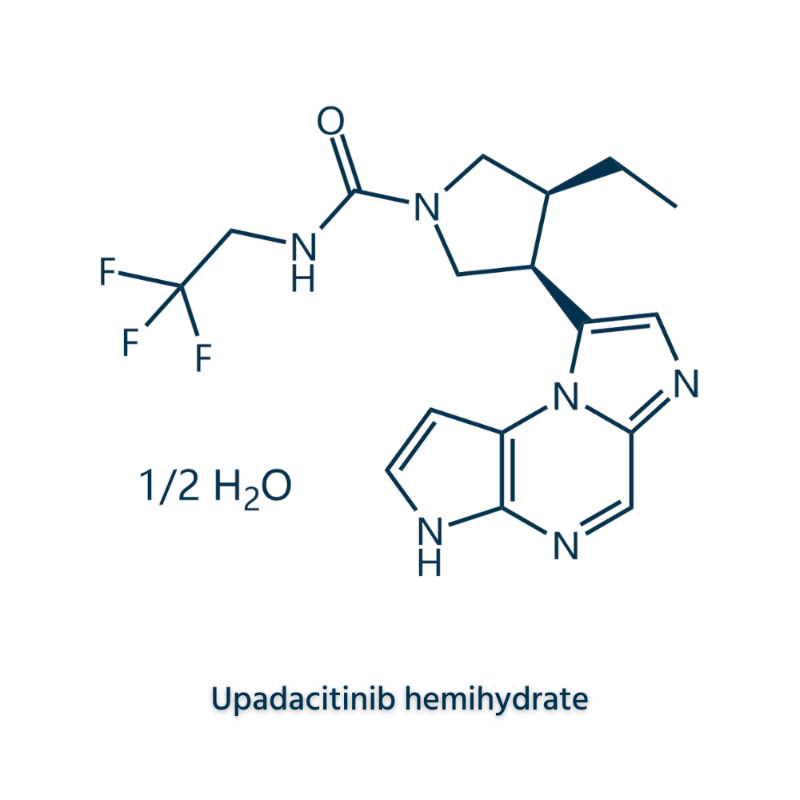-
Categories
-
Pharmaceutical Intermediates
-
Active Pharmaceutical Ingredients
-
Food Additives
- Industrial Coatings
- Agrochemicals
- Dyes and Pigments
- Surfactant
- Flavors and Fragrances
- Chemical Reagents
- Catalyst and Auxiliary
- Natural Products
- Inorganic Chemistry
-
Organic Chemistry
-
Biochemical Engineering
- Analytical Chemistry
-
Cosmetic Ingredient
- Water Treatment Chemical
-
Pharmaceutical Intermediates
Promotion
ECHEMI Mall
Wholesale
Weekly Price
Exhibition
News
-
Trade Service
Functional magnetic resonance imaging (functional magnetic resonance, fMRI) is of great significance for neurosurgerySome studies have suggested that task function magnetic resonance imaging (task fMRI, tfMRI) can better map the anatomical signs associated with hand movement, but requires the cooperation of patients, and rest-state functional magnetic resonance imaging (resting state fMRI, rsfMRI) is an alternative method to identify sensory motor cortex without the active involvement of patientsSome scholars believe that it has the potential to locate primary motion and sensory regions similar to tfMRIHowever, the value of rsfMRI and tfMRI is unclear relative to the anatomical positioning of the sensory motor cortexComparative control groups such as Natalie LVoets of the Wellcome Integrated Neuroimaging Centre at John Radcliffe Hospital, Oxford University, UK, with brain functional anatomy and fMRI data in patients with tumors, to determine the success rate of preoperative rsfMRI and tfMRI to locate sensory motor cortex and to accelerate the effect of rsfMRI on detecting neural functional networksThe article was published online in Clin Neuroradiol in April 2020research methods
researchers reviewed data on 71 patients with primary brain tumors (of whom 31 were women) and 14 healthy controls (of which 6 were women) in two medical centers between January 2014 and June 2018Preoperative 3T MRI imaging includes brain anatomical scanning and rsfMRI imaging, using non-accelerated (TR-3.5s), intermediate (TR-1.56s), or high-time resolution (TR-0.72s) sequence scansCollect edgy data on finger tapping activity in 45 patientsThe differences between groups of fMRI repeatability, spatial overlap and success rate were evaluated with the t-test and x2 testresultsresults showed no difference in age between patients with brain tumors and healthy controls (p-0.31)The pathological diagnosis of 70 cases (98.6%) in the brain tumor group was glioma and 1 case refused a biopsyIn 34 cases (47.9%) of the patients, 23 cases of tumors were directly affected by the central or central back, and 11 cases of central groove skewed or distortedThe proportion of patients with brain tumor imaging who had a central groove was 98.6%The success rate of tfMRI scans is 100%RsfMRI imaging in 10 patients did not recognize sensory motion neural networks; 97.9% accelerated rsfMRI imaging successfully identified sensory motion neural networks, rather than accelerated fMRI imaging was only 60.9% identified successfully (p 0.001)of the 71 patients, 8 did not have a tumor excision, of which 4 were reactive to the central front or central backThe reasons for not having surgery to remove included 4 cases of refusal due to related risks, 2 cases of tumorrapid development into multiple lesions, 1 case of frequent epilepsy and 1 case not suitable for sobriety surgeryOf the 63 patients with tumor removal, 12 (19.1%) experienced a decrease in motor function immediately after surgery, of which 4 had impaired motor function before surgery and aggravated postoperativeThe 12 patients were anatomically able to observe tumor sympathising with central groove or central groove shift, 7 cases of motor function were fully restored, 2 cases were partially recovered, 1 case of persistent limb weakness, and 1 case had further decreased muscle strength due to cerebral ischemia affecting the cortical spinal cord (typical image data figures see Figure 1-3)Figure 1fMRI imaging identifies the central groovea.fMRI shows central grooves (blue lines);Figure 2rsfMRI and tfMRI show sensory motion areasvisual recognition of sensory motion components in Figure 3rsfMRI imagingGreen: Feet/Legs; Red and Yellow: Hands/Upper Limbs, Divided on both sides; Blue: Mouth/Faceconclusions the authors believe that in most glioma cases, there are structural changes such as tumor occupancy effect, tumor immersion, ventricular cerebral edema and the disappearance of the groin, but the primary sensory motor cortex can be roughly identified in anatomy TfMRI is an effective way to describe hand movement function in patients who are not significantly paraplegic but can complete command tasks RsfMRI can have a noticeable effect when tfMRI cannot be completed, but the data suggest that rsfMRI requires rapid (or extra-long) sampling to obtain similar statistical sensitivities.







